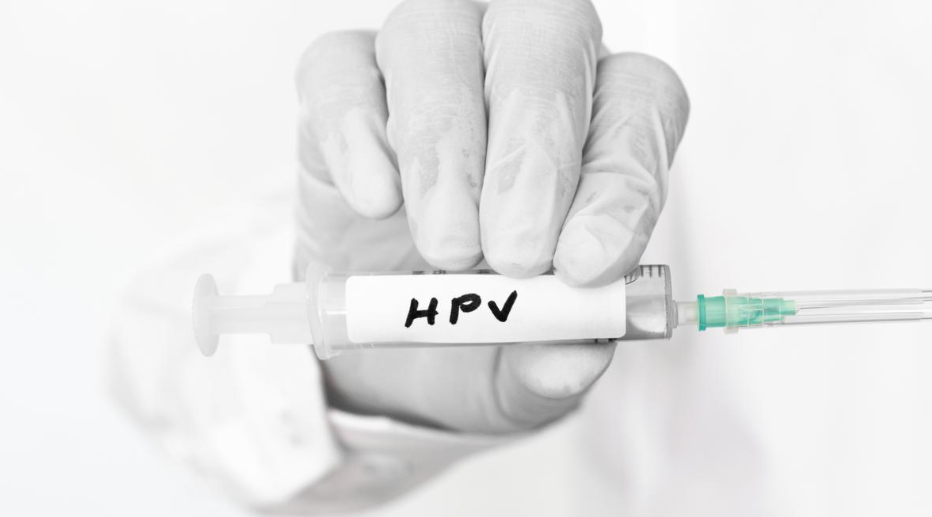Indigenous HPV Vaccine: Rhetoric and Reality (GS Paper 2, Health)

Introduction
- The introduction of the indigenous HPV vaccine 'Cervavac' by the Serum Institute of India (SII) has sparked debates over its efficacy, accessibility, and the broader implications of global patent regimes on healthcare solutions in India.
Overview of HPV Vaccination Debate in India
- HPV vaccines are designed to prevent human papillomavirus infection, a common sexually transmitted infection linked to cervical cancer.
- However, debates persist over the vaccine's efficacy, as not all HPV strains are cancer-causing.
- Despite declining global trends in cervical cancer rates, vaccination efforts remain contentious.
Development and Introduction of Indigenous HPV Vaccine
- Introduction of 'Cervavac': Developed by SII, 'Cervavac' is marketed as an affordable solution targeting high-risk populations in India. It arrived nearly two decades after patented vaccines were introduced in Western countries, highlighting delays caused by global patent monopolies.
- Technological Basis: 'Cervavac' utilizes virus-like particles (VLPs) produced via recombinant DNA technology, akin to the Hepatitis-B vaccine. This technology, dating back to the 1970s, underscores India's capability in vaccine production.
Impact of Patent Regimes and Globalization
- Historically, vaccine development was open and shared until the 1980s, when changes in global patent laws, particularly the U.S. Patent Act and TRIPS agreement, standardized patent regimes.
- This hindered India's pharmaceutical industry from developing generic HPV vaccines until patents expired.
Pricing and Accessibility Issues
- Pricing Challenges: Despite initial support from entities like the Gates Foundation, 'Cervavac' remains priced high compared to production costs. Limited competition from domestic alternatives keeps prices elevated, exacerbating accessibility issues.
- Market Dynamics: Consolidation and global partnerships in the pharmaceutical industry have further restricted local competition, affecting pricing strategies and affordability of vaccines like 'Cervavac.'
Public Health Implications and Policy Concerns
- Government Initiatives: India's government recommends 'Cervavac' universally for girls aged 9 to 26, priced affordably at ₹500 for two doses within government programs. However, costs escalate to ₹2,000 for those outside government coverage, highlighting disparities in healthcare access.
- Debate Over Efficacy: Questions persist over the universal efficacy of HPV vaccination in preventing cervical cancer, necessitating further research and transparency in vaccination policies.
Conclusion
- The introduction of 'Cervavac' represents a significant step in India's indigenous vaccine development efforts, albeit amidst challenges of pricing, patent regimes, and efficacy debates.
- Addressing these issues requires transparent pricing mechanisms, fostering local vaccine production capabilities, and ensuring equitable access to healthcare solutions across socioeconomic groups.
- The ongoing debate underscores the complexities of global health policy and vaccine distribution within India's evolving healthcare landscape, urging policymakers to prioritize transparency, affordability, and effective public health strategies in HPV vaccination programs.


